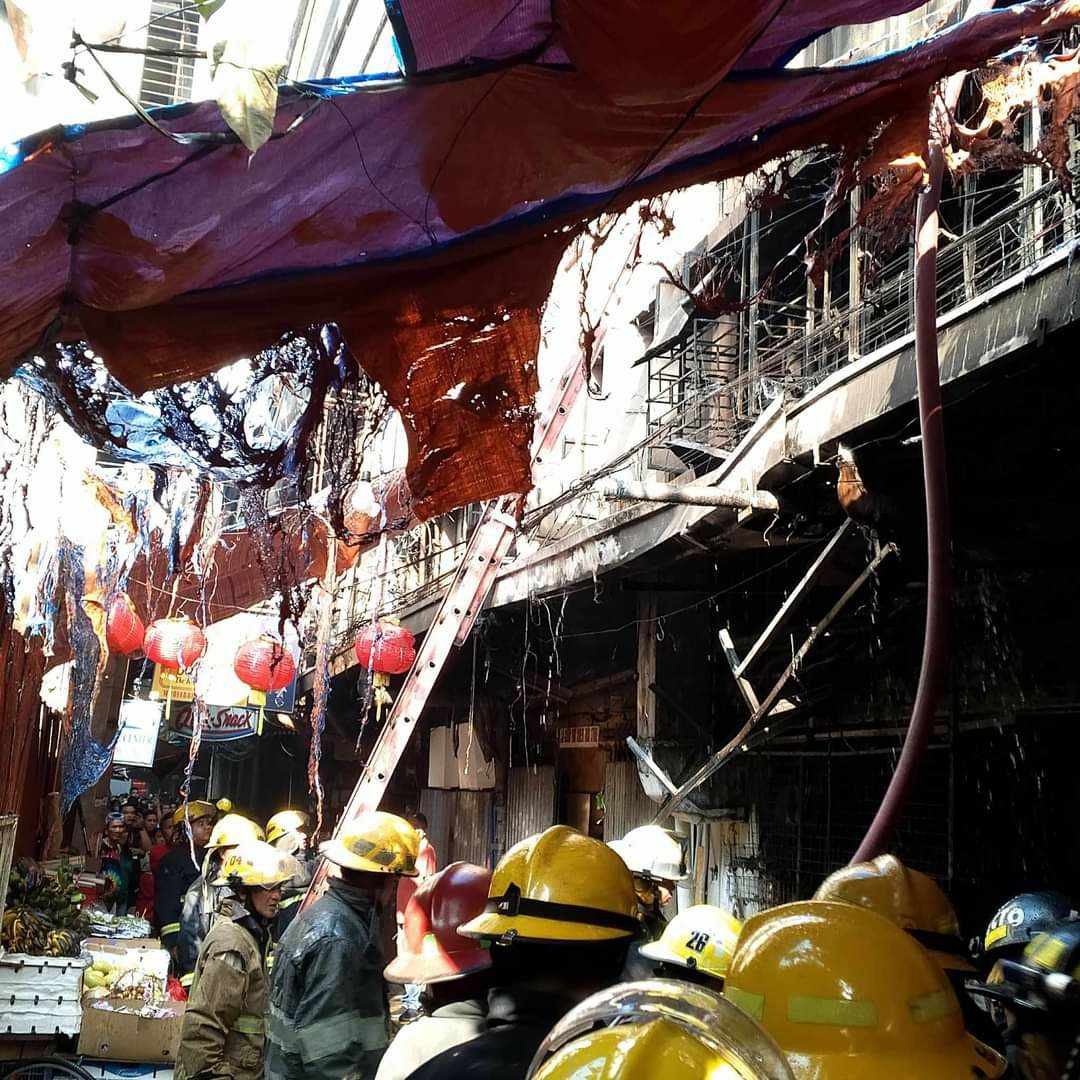It is important that journalists know their rights in a profession that is fraught with pressure, even harassment. Just as important is awareness of the responsibility that comes with that right, some even say, power.
I’m sharing this hurtful appeal from civic leader Tessy Ang See of Kaisa Para Sa Kaunlaran and Movement for Restoration of Peace in the wake of the Aug. 2 fire in Binondo that killed 11 persons:
Friday, August 2, 2024 was a tragic day for the Tsinoy community. Eleven persons, some of them just starting their careers, lost their lives due to a gas leak in the building where they were boarders.
| We commiserate with the families of the victims and express our deepest sympathy. More than the tragic event, even more depressing and wretched was how insensitive some people were for circulating the photograph of the gruesome tragedy. Even worse and more depressing was how some media outfit, who should have known better, violated the code of ethical journalism by putting the same photo in the front page above the fold.
Hindi man lang nila binigyan ng kaunting respeto at consideration ang mga pamilya ng biktimang ito – pinagpiyestahan pa at ikinalat ang retrato ng kinasapitan ng mga biktima. Imbes na makiramay, dinagdagan pa ang pagdadalamhati at hinagpis ng mga pamilya. Mayor Honey Lacuna at Vice Mayor Yul Servo, maaari po bang hilingin sa inyo na imbestigahan kung sino sa mga first responders ang kumuha ng larawan ng trahedya at ikinalat ito? Mahalagang maturuan sila ng leksiyon upang hindi na maulit ang ganitong pangyayari. Let me share these reminders, culled from the Code of Ethics for Journalists, so that media practitioners and owners know what rules they violated: The Kapisanan ng mga Brodkaster ng Pilipinas Kapisanan: Article 6 Sec 11: A coverage should avoid inflicting undue shock or [and] pain to families and loved ones of victims of crimes, crisis situations, or of disasters, accidents, and other tragedies. Sec. 13. Images that are gruesome, revolting, shocking, obscene, scandalous, or extremely disturbing or offensive, shall not be shown or described in graphic detail. When such images suddenly occur during a coverage, the station shall cut them off the air. Article 7 Sec. 2: Persons affected by tragedy or grief shall be treated with sensitivity, respect and discretion; they should be allowed to suffer their grief in private. https://kbp.org.ph/downloads/broadcast-code Society of Professional Journalists (global, most widely used): Minimize Harm: Ethical journalism treats sources, subjects, colleagues and members of the public as human beings deserving of respect. Balance the public’s need for information against potential harm or discomfort. Pursuit of the news is not a license for arrogance or undue intrusiveness. Show compassion for those who may be affected by news coverage. Use heightened sensitivity when dealing with juveniles, victims of sex crimes, and sources or subjects who are inexperienced or unable to give consent. Consider cultural differences in approach and treatment. Avoid pandering to lurid curiosity, even if others do. https://www.spj.org/ethicscode.asp National Press Photographers Association (global): 4. Treat all subjects with respect and dignity. Give special consideration to vulnerable subjects and compassion to victims of crime or tragedy. Intrude on private moments of grief only when the public has an overriding and justifiable need to see. https://nppa.org/resources/code-ethics Photojournalists’ Center of the Philippines: 4. I shall treat all subjects with respect and dignity. I shall presume persons accused of crime of being innocent until proven otherwise. I shall avoid intruding on private moments of grief, crime or tragedy. https://www.pcp.ph/pcp-code-of-ethics National Union of Journalists of the Philippines: Photojournalists and camera operators shall treat news subjects with respect and dignity. Photojournalists and camera operators must take a respectful distance and avoid swarming around news subjects who are dealing with grief or tragedy, especially victims of crime. Newsrooms must encourage their staff to produce reports that focus not only on tragedy or misery but other facets of the disaster, such as individual acts of bravery or heroism, coping mechanisms within a community, the extent of the damage, the costs of rehabilitation, the impact on marginalized sectors, the role of civic organizations and local governments, and, most importantly, what the national government has or has not been doing.
|

